
From a cultivated plant not of known wild originn
The Persian ironwood (Parrotia persica) was thought to be the only member of its genus until Chinese ironwood (Parrotia subaequalis) was identified as a sibling species in 1992.
The layered canopy of our oldest Persian ironwood (Parrotia persica) shimmers as leaves dance in the wind, mimicking clusters of defocused lights. In summer, your entire field of vision is bathed in vibrant greens; in autumn, a warm butterscotch yellow. This species is known for its brilliant foliage, ranging in color from lime yellow to orange, crimson and purple. Some trees, like this specimen in the Centre Street beds, favor a particular color, while others offer a dashing display of the entire range (sometimes all on one leaf).
Given the plant’s brilliant fall foliage, one might think the genus name “Parrotia” pays tribute to the parrot bird, known for its similarly colorful feathers. But, in fact, the genus name honors Friedrich W. Parrot, a German naturalist, who collected plants in the Caspian Hyrcanian forests region in the 1820s. In 1829, he became famous for making the first recorded summit of Turkey’s towering Mount Ararat. Like Parrot and his climbing crew, this plant is hardy and durable. Its close-grained wood is so dense and strong that people in its native habitat liken it to iron and build bridges, tool handles, and telephone poles out of it.
Native to the Caspian Hyrcanian mixed forests of northern Iran and southeastern Azerbaijan, the species arrived at Harvard Botanical Gardens in Cambridge in 1880 and was introduced to the Arboretum one year later, with this accession (2230*A). This and subsequent Arboretum specimens are believed to be the parent plants of most Parrotia persica trees grown in the United States today.
Like other members of the witch-hazel family (Hamamelidaceae), Parrotia’s otherworldly flowers bloom in late winter—earlier than most. Glowing red when light passes through them, they are without petals, consisting only of small, crimson stamens (stalk-like structures where the plant’s pollen is produced). Do be careful once these flowers morph into fruit pods. Persian ironwoods employ the “drying squeeze catapult” method of seed dispersal: as the fruit capsules dry and shrink in size, pressure builds inside the chamber, ultimately causing the seed inside to come shooting out with great force.
The bark—initially smooth, and gray-brown—exfoliates as the tree ages, producing a mosaic of brown, gray, and silver. Its branches pivot at unexpected angles due to a feature known as self-grafting, where touching branches fuse over time. This makes for a lattice of limbs as well as sinewy trunks that call to mind a grandparent’s hands. Persian ironwoods may be grown single-trunked or multi-stemmed. The branches of cultivated specimens often grow low to the ground, giving the tree a shape that is as wide as it is tall. They tend to reach 20–40 feet (6–12 meters) in height, with single trunked specimens spreading 15–30 feet (5–9 meters) wide. Arboretum accession 2230*A, planted behind the hickories along Centre Street in 1881, is a multi-leadered (multi-stemmed) tree. At about 63 feet (19 meters) high, it is the tallest cultivated specimen in the world.
Massachusetts
Viewing this plant in-person? Look for these defining characteristics:
1
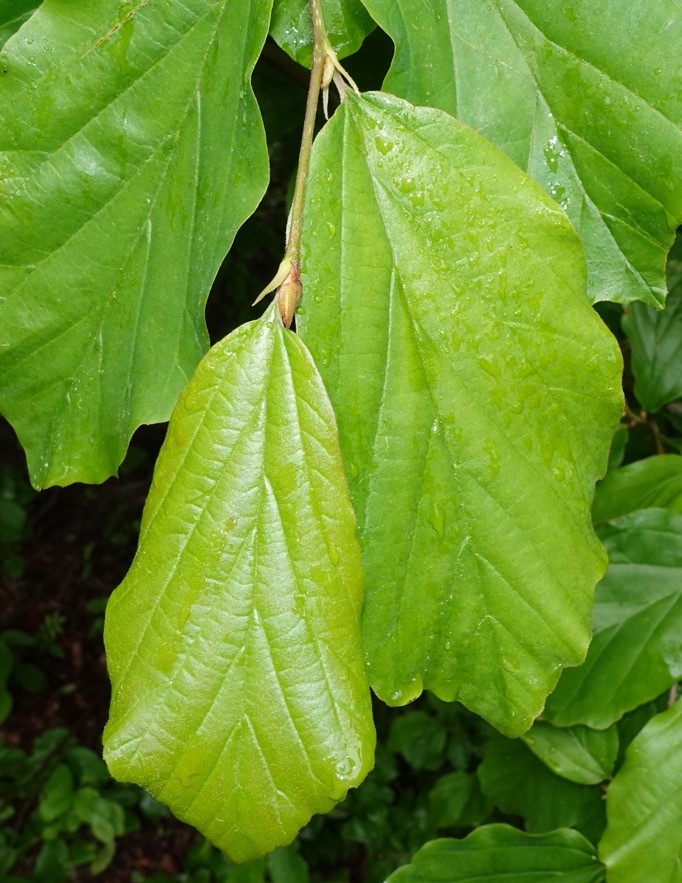
2

3
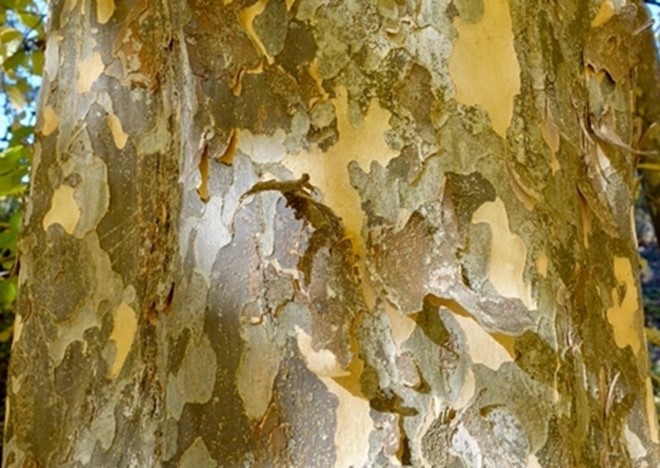
4
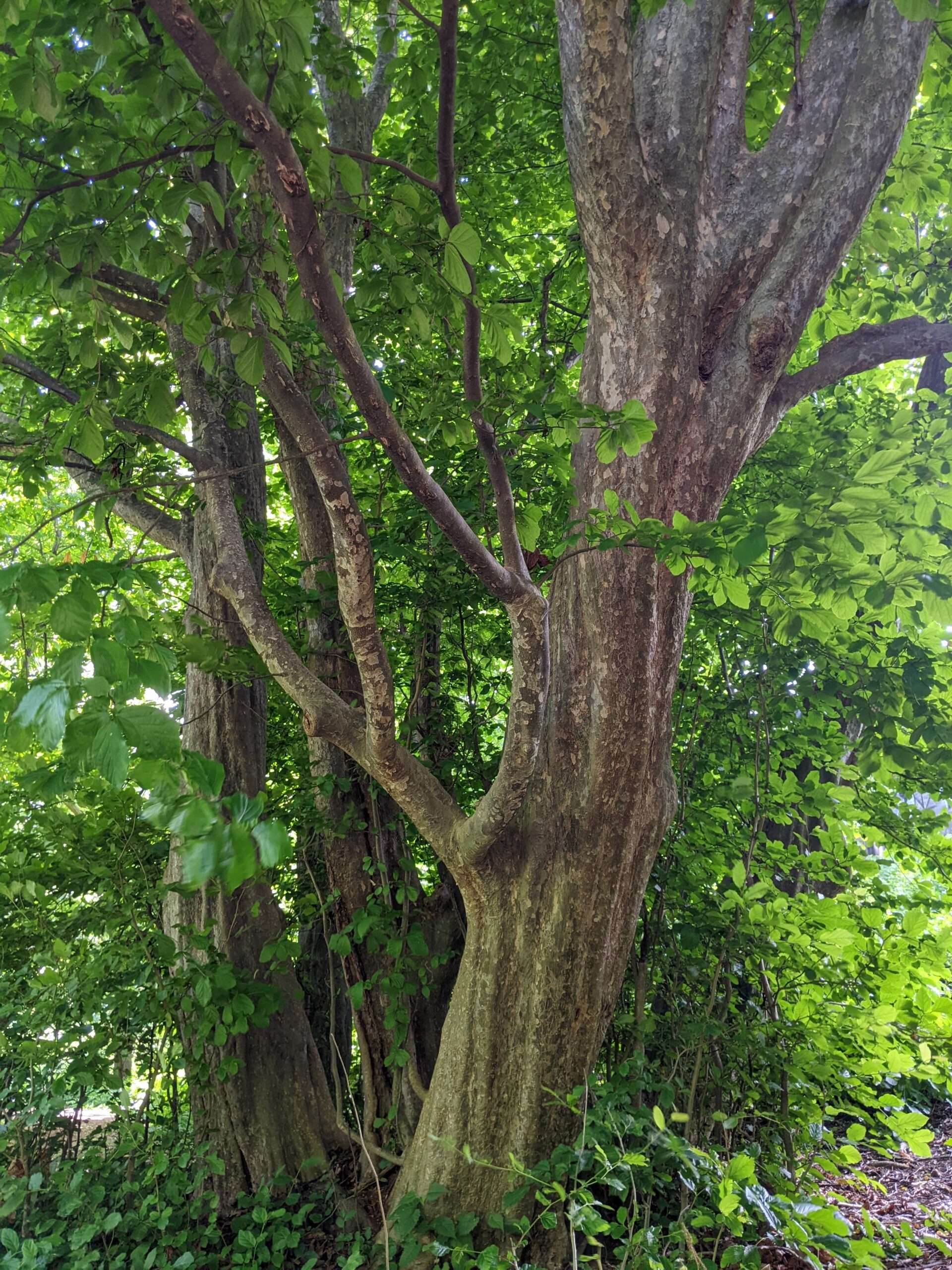
5
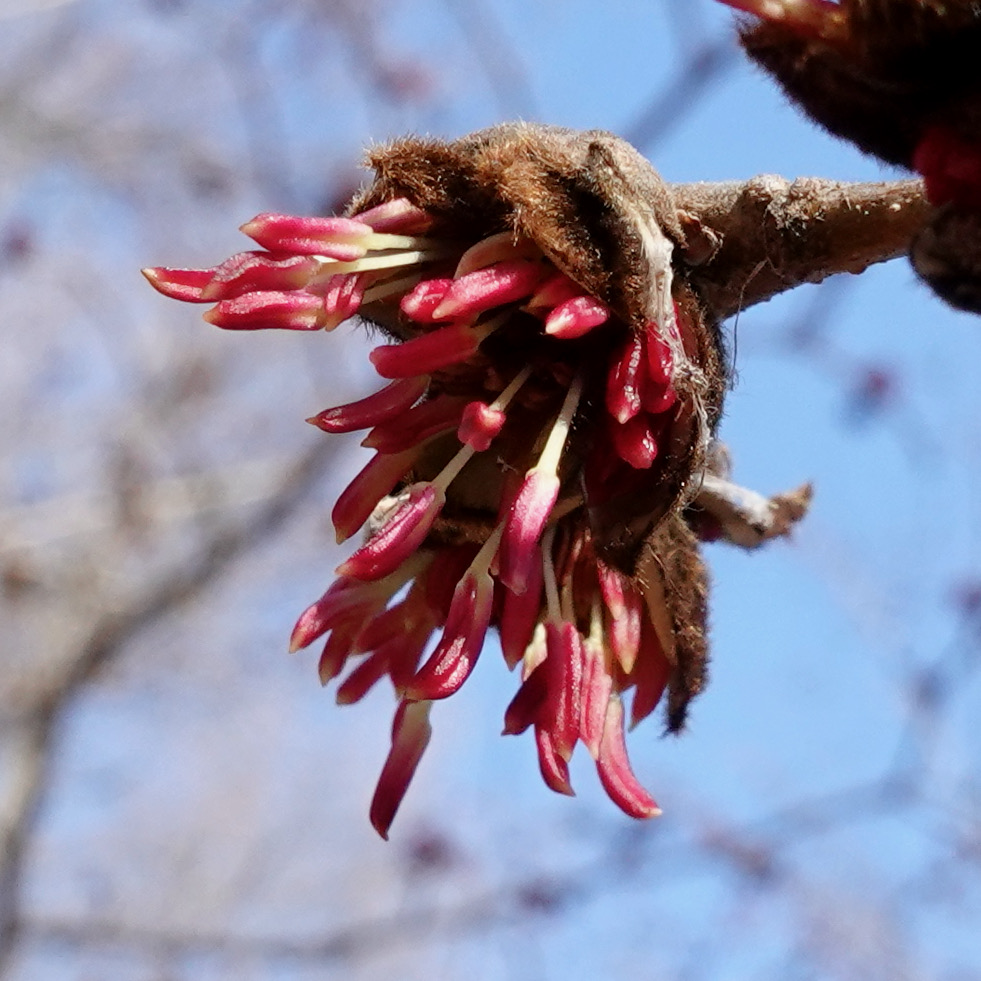
About Our Collection
Fun Facts
Stats
- Living Specimens
- Specimens Dead or Removed
- First Addition
- Most Recent Addition
- Tallest Specimen
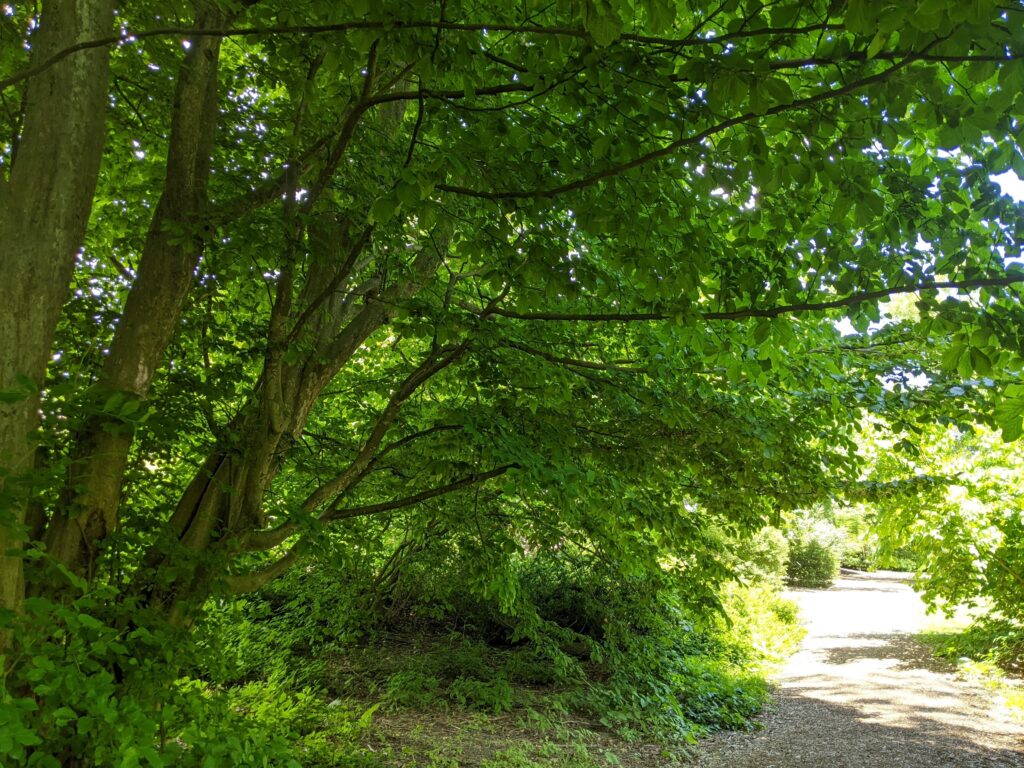
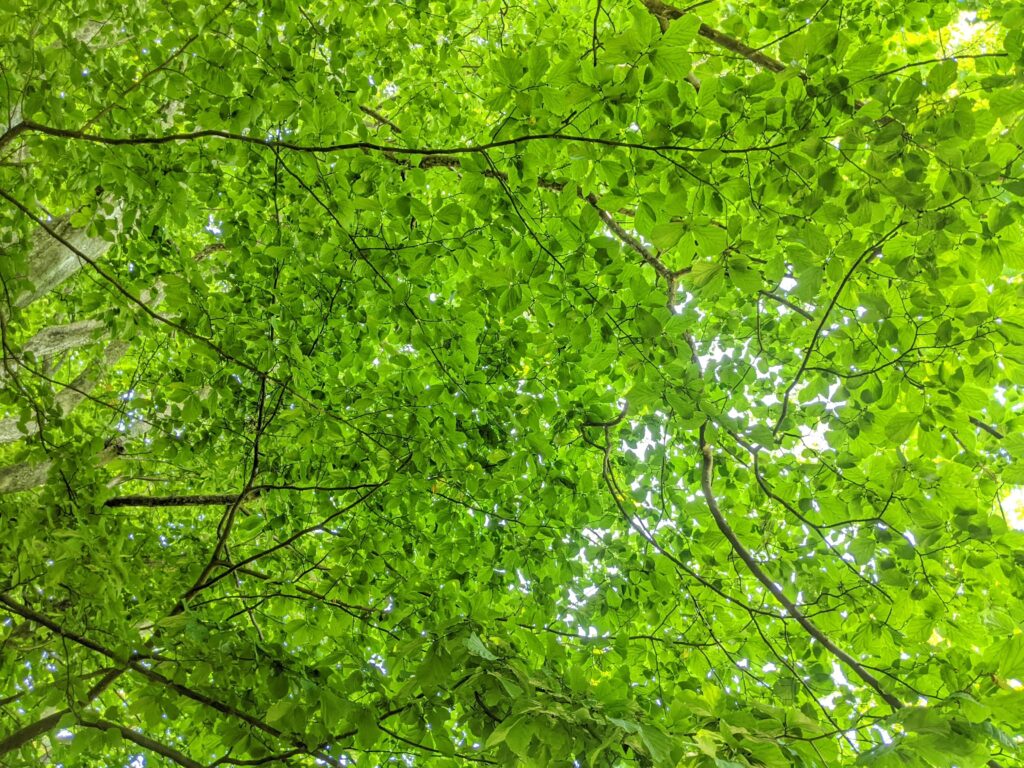

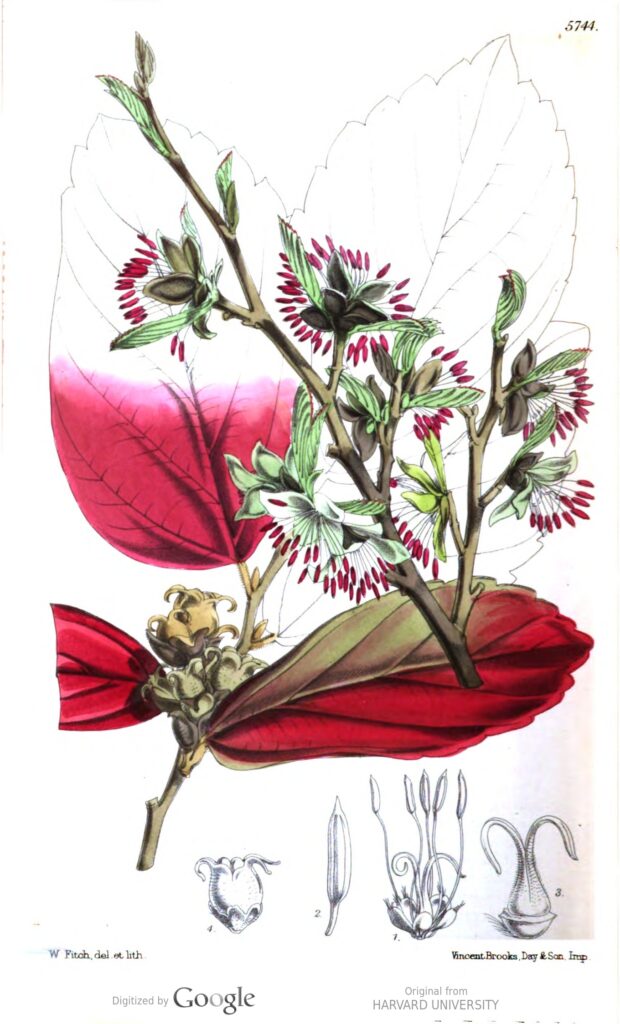

Living Specimens
| Plant ID | Accession Date | Received As | Origin | Source |
|---|---|---|---|---|